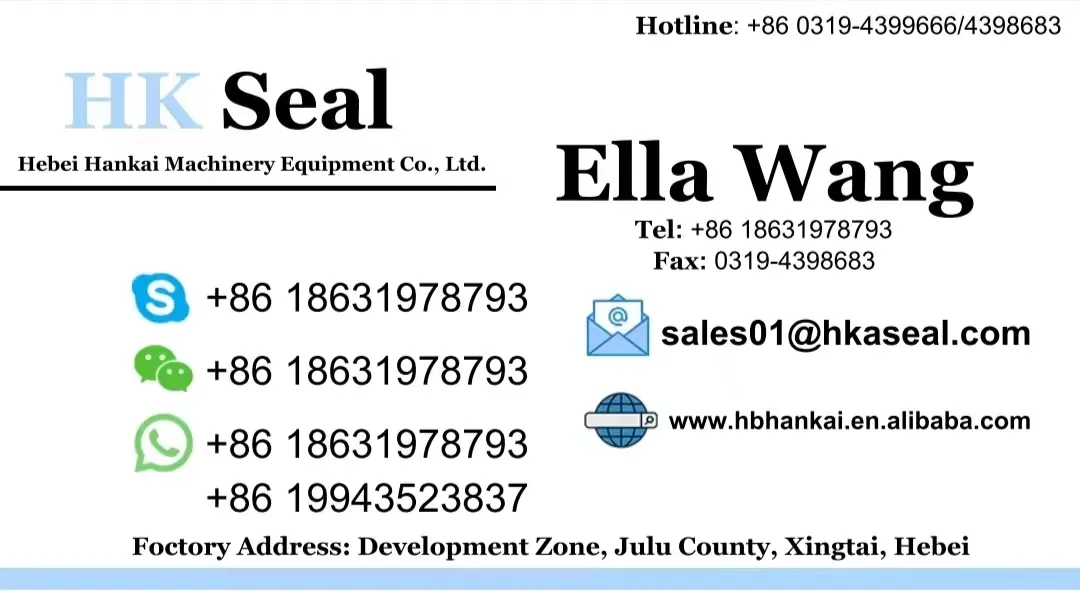نومبر . 23, 2024 11:21 Back to list
excavator boom cylinder seal replacement
Excavator Boom Cylinder Seal Replacement A Comprehensive Guide
The excavator boom cylinder is a critical component that allows the machine to perform lifting and digging operations effectively. Over time, wear and tear can lead to seal leaks, causing hydraulic fluid to escape and resulting in decreased performance and potential damage to other components. To ensure optimal functionality, it's essential to replace the boom cylinder seals as part of regular maintenance. This article will guide you through the process of replacing the seals in your excavator's boom cylinder.
Understanding the Boom Cylinder
The excavator boom cylinder is a hydraulic cylinder that amplifies the force generated by the hydraulic system. It plays a vital role in raising and lowering the boom of the excavator. The cylinder is filled with hydraulic fluid, and seals are installed at both ends to prevent leaks. Over time, exposure to extreme temperatures, pressure, dirt, and contaminants can deteriorate these seals, leading to performance issues.
Signs of Seal Failure
Before embarking on a seal replacement, it's crucial to identify the signs of seal failure. Common symptoms include
1. Visible Leaks Puddles of hydraulic fluid around the boom cylinder or noticeable oil trails are clear indicators of seal failure. 2. Reduced Performance The excavator may struggle to lift loads or may have an uneven boom movement. 3. Increased Noise Unusual noises or vibrations can suggest hydraulic issues stemming from leaking seals.
Tools and Materials Needed
Before starting the replacement process, gather the following tools and materials
- Hydraulic seal replacement kit - Wrenches and socket sets - Screwdrivers - Prying tools - Cleaning materials (lint-free cloths, degreasers) - Torque wrench - Safety equipment (gloves, goggles)
Step-by-Step Replacement Process
1. Safety First Ensure that the excavator is turned off and the worksite is secure. Wear appropriate safety gear to protect yourself from hydraulic fluid and debris.
excavator boom cylinder seal replacement

2. Remove the Boom Cylinder Locate and disconnect the boom cylinder from the excavator. This may involve
- Detaching hydraulic lines Be cautious as residual fluid may escape. - Unbolting the cylinder from the boom and its pivot points.
3. Disassemble the Cylinder Once you have the cylinder removed, use a clean workspace to lay it down. Carefully disassemble the cylinder by removing the end caps. Take care to note the orientation and sequence of the components for reassembly.
4. Inspect the Cylinder Examine the cylinder for any damage that may require repairs. Check the cylinder barrel and piston for scratches or wear, which can lead to further issues post-repair.
5. Remove Old Seals Using prying tools, gently remove the old seals from their grooves. Ensure that no debris is left behind, as this can impede the effectiveness of the new seals.
6. Clean the Components Thoroughly clean all surfaces of the cylinder, especially the grooves where the seals will sit. Utilize lint-free cloths and degreasers to remove old oil and contaminants.
7. Install New Seals Carefully install the new seals from the replacement kit. Make sure they fit snugly into the grooves, ensuring even seating all the way around to prevent leaks.
8. Reassemble the Cylinder Once the new seals are in place, carefully reassemble the boom cylinder, ensuring all parts are aligned correctly. Lubricate the components lightly with hydraulic fluid to ease assembly.
9. Reattach the Cylinder Position the cylinder back on the excavator, securing it firmly using the bolts and reconnecting the hydraulic lines.
10. Test the System Start the excavator and test the boom's operation. Monitor for any leaks around the newly installed seals and ensure smooth movement.
Conclusion
Replacing the seals in an excavator's boom cylinder is a vital maintenance task that can extend the life of your equipment and improve performance. By following this guide, you can ensure a successful replacement process, keeping your excavator in optimal working condition. Regular inspections and timely seal replacements can save you from costly repairs down the line, allowing you to maintain efficient operations on the job site. Always remember, when in doubt, consult a professional for assistance.
-
The Trans-formative Journey of Wheel Hub Oil Seals
NewsJun.06,2025
-
Graphene-Enhanced Oil Seals: Revolutionizing High-Pressure Oil Sealing
NewsJun.06,2025
-
Future of Hydraulic Sealing: Advanced Intelligent TCN Oil Seals
NewsJun.06,2025
-
Don’t Let a Broken TCV Oil Seal Ruin Your Day
NewsJun.06,2025
-
Bio-Inspired Dust Seals for Better Sealing Performance
NewsJun.06,2025
-
Biodegradable and Sustainable Hydraulic Seal Materials
NewsJun.06,2025
-
Top Oil Seal Solutions for Your Industrial Needs
NewsMay.22,2025
Products categories
















